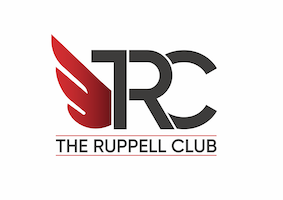Why should I join you? Why should I stay with you? What are you offering that I can’t get elsewhere, and matters to me? Fundamentally, why should I choose you?
Obvious questions that membership organisations have to be able to clearly answer if they are to grow and prosper. Failure to do so will ultimately lead to stagnation because the hard reality is that new members won’t join and current members won’t stay unless you can quickly get and keep their attention, then really straightforwardly show them that you can solve key problems and/or consistently help them.
No problem many will say, we’ve got that well covered. After all, just look at what we offer – an annual conference, an awards program, a regular newsletter, special member offers, great networking opportunities, fantastic insights, representation of you and your interests, etc.
And all of this is really good and it’s the foundation of a strong membership value proposition. These are core elements that most membership organisations provide and absolutely should provide, but alone they are not enough to fully demonstrate real relevancy.
These are just the bare bricks needed to build the house for your members to use. But built poorly and your house might end up looking just a bit samey and one-dimensional. However, designed with imagination and a good understanding of exactly what’s needed, and you’ll have more people knocking on the door to come in and look, and fewer wanting to leave.
So, how to do this?
To stay relevant in a constantly changing world there are 4 areas to carefully consider and explore:
1. Diversification
Not just into new products and services as an adjunct to core offers, but diversifying into new strategies, channels and markets to develop real added value for members and secondary income streams for reinvestment, is the first area of diversification.
Secondly, knowing when to diversify away from long established offerings because they provide insufficient return and are a drain on resources. Many membership organisations have great difficulty in exiting any product or service for fear of upsetting members (often a vocal minority). Whilst member relations should always be of paramount concern, acting decisively to keep the benefits portfolio up to date is equally important.
2. Proposition
The last thing anyone in the membership sector wants to be is forgettable. Guard against it with every decision. Your core proposition should be sufficiently compelling to resonate loudly with the unmet needs of members and sufficiently clear to stimulate engagement.
Prioritisation is key. You will never be all things to all members so focus on what means the most to most of your base. Greater clarity and understanding of your positioning will result, and the risk of being seen as too generic and therefore forgotten, can be reduced.
3. Story
Your story is who you are and what you do, and it binds you to your current and future members like nothing else. Developing a unique and credible narrative that people care about is critical to being seen as relevant. Review it regularly and stress-test with key stakeholders and it will serve you well, treat it lightly and blandness awaits.
4. Execution
Finally, it’s often assumed that to cut-through you must be bold and to have impact you must be creative. Maybe for some sectors, but for membership organisations to be relevant you absolutely must be appropriate more than anything else. Many is the membership campaign that has floundered on the rocks of internal preferences, so executing content and messaging that is first and foremost fit for purpose for members, should always trump other considerations.
The Ruppell Club are experts in strategy that delivers impact and growth for Trade Associations and Membership bodies. If you would like to talk about any of these topics or issues, please get in touch.










Leave A Comment